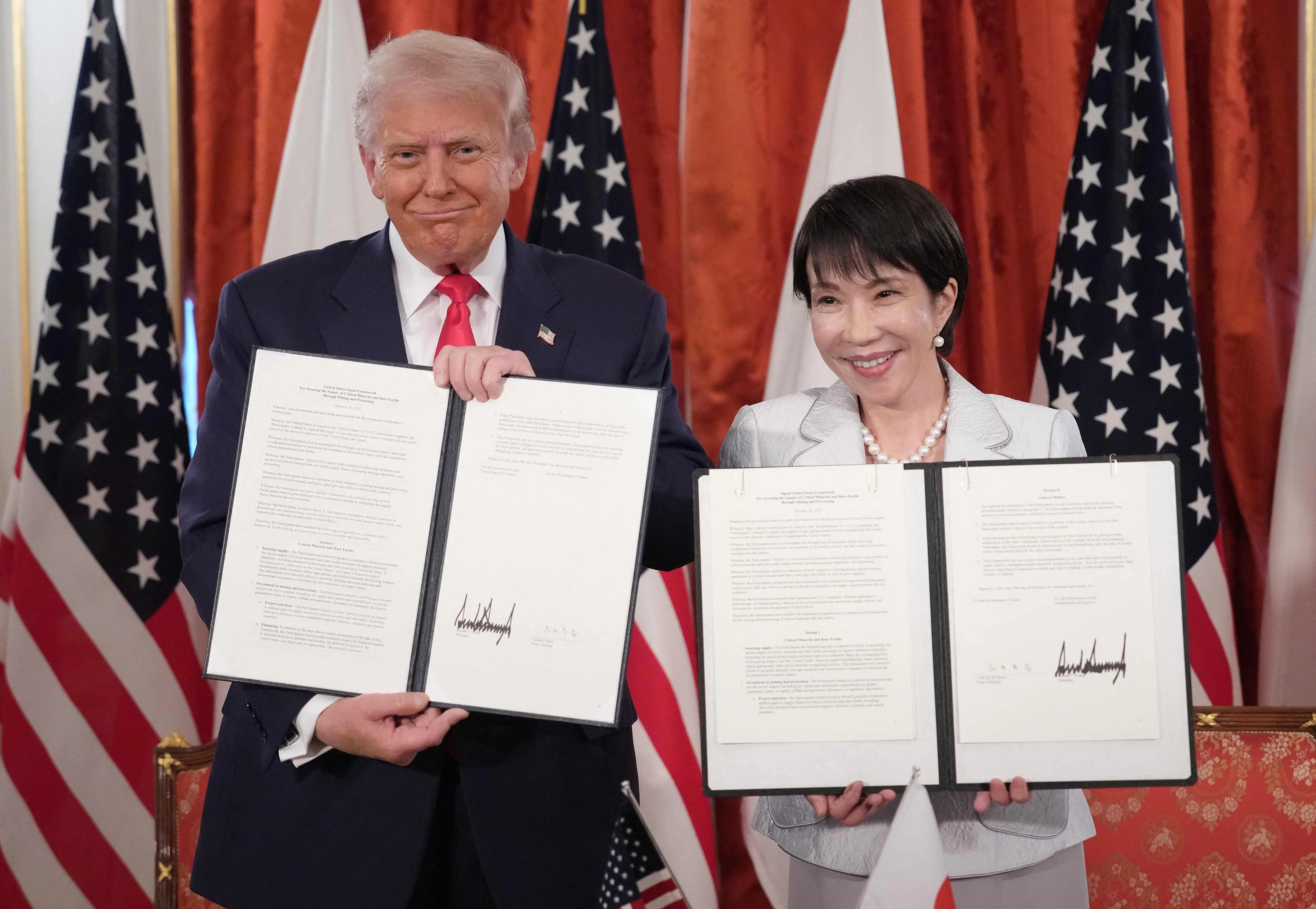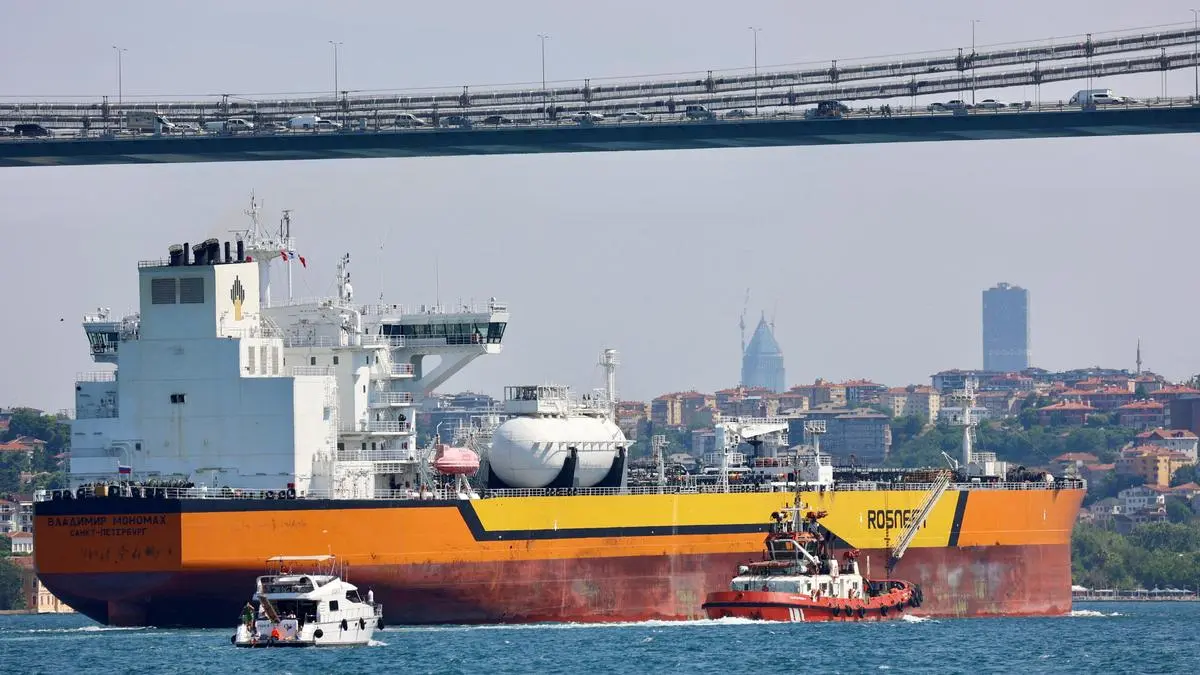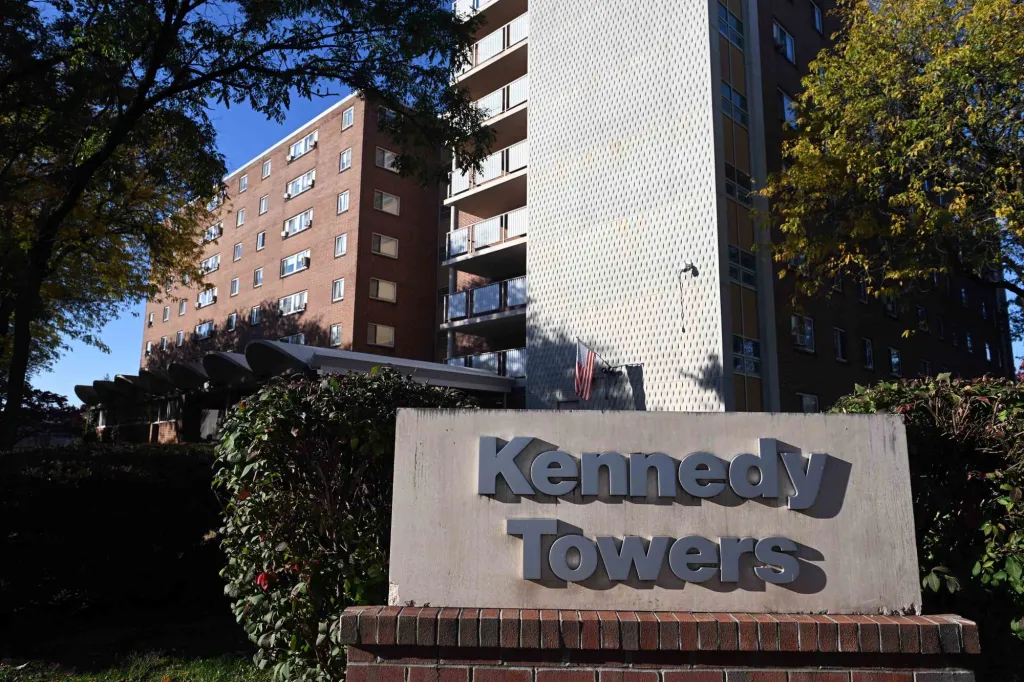Copyright scmp

US President Donald Trump has signed a series of critical mineral agreements during his visit to Asia, in a bid to secure rare earth supplies and reduce dependence on China. Here, the Post examines how these deals differ in scale, scope and potential impact. What does the US-Japan framework cover? On Tuesday, the two countries signed an agreement to “support the supply of raw and processed critical minerals and rare earths crucial to the domestic industries of the United States and Japan”. While short on details, the framework outlined broad areas for potential cooperation – including joint mapping of mineral sources, investment opportunities and stockpiling. Both countries plan to act within six months to provide financial backing for selected projects, the document showed – though it did not disclose specific initiatives under consideration. To address supply chain vulnerabilities, the two sides will also establish a “rapid response group” led by senior energy officials from both countries. Japan has spent more than a decade trying to reduce its reliance on Chinese rare earths, first investing in Australia-based Lynas Rare Earths in 2011 and in France’s Caremag in March this year. In July, Japan also announced plans for early 2026 to begin test mining rare-earth-rich seabed mud at depths of 5,000 to 6,000 metres (16,404 to 19,685 feet) off an island southeast of Tokyo – the first project of its kind in the world. What does the agreement with Malaysia include? Before heading to Japan, Trump signed memorandums of understanding (MOUs) with Malaysia and Thailand to secure rare earth supplies and explore potential investment opportunities. “Malaysia has committed to ensuring no restrictions are imposed on the sale of rare earth magnets to US companies, including by refraining from banning or imposing quotas on exports to the United States of critical minerals or rare earth elements,” according to the White House. Malaysia sits on about 16.1 million tonnes of rare earth deposits but lacks mining and processing technology. To protect its resources, it prohibits the export of raw rare earths. On Monday, Malaysia’s energy minister said the ban would remain in place, apply universally and not target any specific country – including the US or China. Foreign investors have instead been invited to participate in downstream processing and value-added activities. How about the agreement with Thailand? The MOU with Thailand encourages business partnerships between the two countries in the exploration, development, processing and use of critical minerals. It also commits both sides to sharing information on potential tenders and projects as early as possible. Thailand’s Prime Minister Anutin Charnvirakul stressed that the agreement is a gesture of goodwill and poses no concern for relations with China. He said the deal serves as a preparatory framework in case commercially viable rare earth deposits are found in Thailand, and that it does not grant the US exclusive rights or special privileges. What additional partnerships has the US pursued? The US also announced a deal with Australia on October 20 valued at US$8.5 billion. The agreement focuses on building processing capacity in Australia, with both countries pledging to defend their markets against unfair trade practices. Each side will invest over US$1 billion in initial projects over the next six months. Washington has also turned its attention to Greenland since Trump’s re-election – in part because of its mineral resources. In July, the US Export-Import Bank announced plans to provide up to US$120 million in non-dilutive financing for Critical Metals’ Tanbreez rare earth project in southern Greenland.



